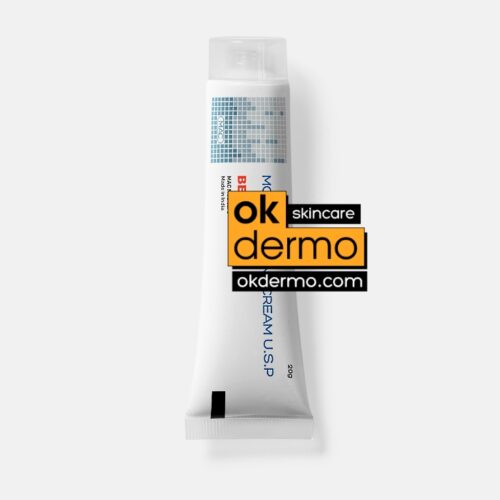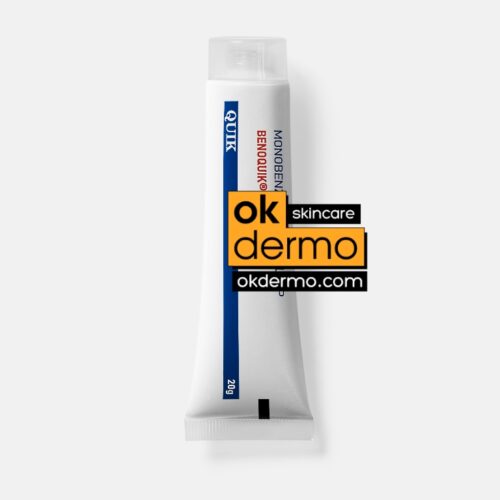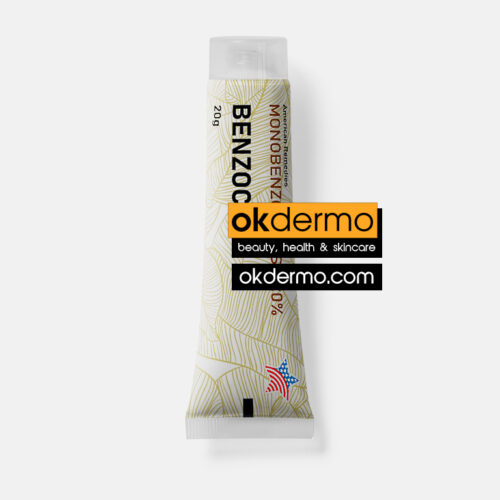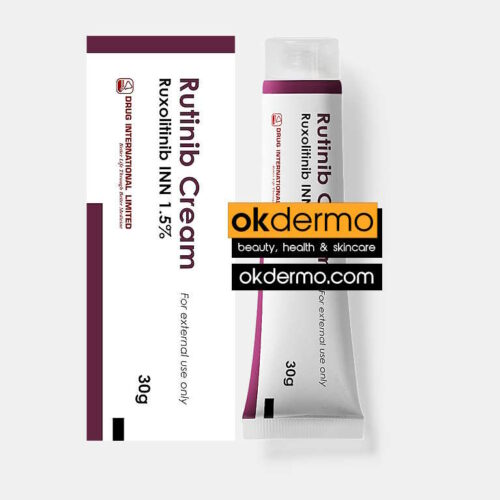Topical Benoquin For Vitiligo
Table of Contents
Vitiligo, a skin disorder characterized by the loss of pigmentation in patches on the skin, can be a source of discomfort and insecurity for those who suffer from it. Yet, topical Benoquin cream offers hope for those looking to even out their skin tone and regain confidence in their appearance. Here we will explore the benefits and uses of topical Benoquin for Vitiligo, as well as potential side effects and dosage recommendations.
So if you or someone you know is struggling with Vitiligo, keep reading to learn more about this promising treatment option. Prepare to take the first step on the path to self-acceptance and confidence by using Topical Benoquin. Get ready to learn about a life-altering remedy that will restore your confidence in your even skin tone and free you to pursue your goals.
Benefits Of Benoquin For Vitiligo
Topical Benoquin cream has been shown to have numerous benefits for those suffering from Vitiligo. Vitiligo is a skin illness defined by the loss of pigmentation in particular parts of the skin, and topical Benoquin provides a number of advantages for those with this condition. Let’s take a closer look at these advantages:
- Pigmentation Restoration: The key advantage of Topical Benoquin is that it may restore pigmentation to the parts of the skin that have been impaired by vitiligo. Monobenzone, the active component in Topical Benoquin, selectively kills melanocytes (pigment-producing cells) without harming the skin around them. This method aids in achieving a more uniform skin tone by lessening the visual distinction between the depigmented areas and the surrounding skin. [1]
- Improved Appearance: To reduce the visibility of depigmented patches, topical Benoquin may substantially enhance the look of people with vitiligo. Re-pigmentation after using Topical Benoquin may help restore self-confidence and lessen the psychological burden frequently associated with vitiligo, leading to an overall improved sense of well-being. [1]
- Symmetry and uniformity: Vitiligo commonly manifests as uneven, depigmented areas on the body. A more symmetrical and uniform appearance may be created by applying Topical Benoquin to the depigmented regions, leading to a more aesthetically pleasant and harmonious overall aspect. [3]
- Non-Invasive Treatment: Individuals who would rather forgo surgical treatments or more harsh treatment options may find topical Benoquin to be an effective therapy choice for their vitiligo. As a topical cream, it requires no special preparation or training to apply to the afflicted regions.
- Customizable Treatment: The individual’s tastes and the severity of their vitiligo might inform how they use topical Benoquin for therapy. Depending on the intended effect and the advice of a medical practitioner, the cream may be used locally or systemically. Because of this adaptability, each patient may get care that is specifically designed to meet their requirements. [2]
- Long-Term Stability: When used to achieve the required pigmentation, Topical Benoquin has a tendency to maintain that pigmentation over time, providing a long-term option for vitiligo treatment. Users of Topical Benoquin report higher levels of satisfaction since their newly pigmented skin maintains its appearance for longer. [2]
- Compatibility with Other Treatments: In order to maximize the efficacy of the treatment plan, topical Benoquin may be used in combination with other therapies for vitiligo, such as phototherapy or corticosteroids. It may be used as part of a healthcare provider-recommended treatment plan for vitiligo. [2]
- Suitable for Various Skin Types: Topical Benoquin is typically well-tolerated and may be used by people with a wide range of skin types. However, before beginning therapy, it is essential to speak with a medical expert to ascertain the treatment’s compatibility with your skin type and to discuss any possible side effects or precautions. [4]
-

Benoquin® Monobenzone Cream 20%
Monobenzone 20% Depigmenting Agent
Size: 30g / 1.05oz
Brand name: Benoquik, Albaquin, Pigmex
USD $35.00 Add to cart -

Benoquik® Monobenzone Skin Cream
20% Monobenzone
Size: 20g / 0.7oz
Brand name: Benoquin, Albaquin, Pigmex
USD $36.00 Add to cart -

Benzocan® Monobenzone Cream
Monobenzone USP 20%
Size: 20g / 0.7oz
Brand name: Benoquin, Albaquine, Pigmex
USD $25.00 Add to cart -

Rutinib® Ruxolitinib Cream
Ruxolitinib 1.5%
Size: 30g / 1.05oz
Brand name: Opzelura
USD $440.00 Add to cart
How to use It?
Topical Benoquin is a powerful solution for treating Vitiligo. It reduces melanin production in the skin, which helps to even out skin tone and reduce patches caused by Vitiligo.
While it offers numerous benefits, users should be aware of potential side effects and carefully follow dosage instructions to avoid adverse reactions. Additionally, it’s essential to use caution when applying Topical Benoquin around sensitive areas such as the eyes or mouth.
If you’re considering using Topical Benoquin for your vitiligo symptoms, consult a healthcare provider or dermatologist first. They can help determine if this treatment is proper for you and provide guidance on how best to use it safely and effectively.
Remember that everyone’s skin reacts differently to treatments like these so start slowly and monitor any changes closely over time. Regularly used as directed, topical Benoquin can help restore your natural complexion and boost your confidence!
The dosage is a crucial factor to consider when using Topical Benoquin for Vitiligo. The dose will vary depending on various factors such as age, severity of the condition, and overall health. It is essential to follow your doctor’s instructions when taking this medication. Usually, the recommended daily dosage ranges from 20-60mg per day in divided doses applied topically once or twice daily.
The cream you apply should be enough to cover only the affected areas evenly. It’s important not to exceed the recommended dosage since it may lead to side effects like skin irritation and hyperpigmentation. If you miss a dose, don’t double up on your next application; continue with your regular schedule. Remember that consistency in applying Benoquin is necessary for effective results.
Always consult your healthcare provider before changing dosages or starting new medications. Your doctor can help determine if topical Benoquin is right for you and recommend an appropriate dosage based on your needs and circumstances.
Reference:
- Pearl E. “Depigmentation therapies for vitiligo.” Retrieved from derm.theclinics.com
- G. “Pre-clinical evidence of Pyrostegia venus in the treatment of vitiligo.” Retrieved from sciencedirect.com
- Thomas R., “Corneal and conjunctival effects of monobenzone in patients with vitiligo.” Retrievd from jamanetwork.com
- John G. Zampella. “Camouflaging vitiligo using a spray tan.” Retrieved from escholarship.org
Post by:
Marcella Jiovanni
Skin Care Professional
“Marcella Jiovanni actively promotes the importance of maintaining healthy skin, she envisions the future of dermatology as moving away from pure medical, pharmacological dermatology and flowing more toward a holistic approach to wellness and skincare.”

















